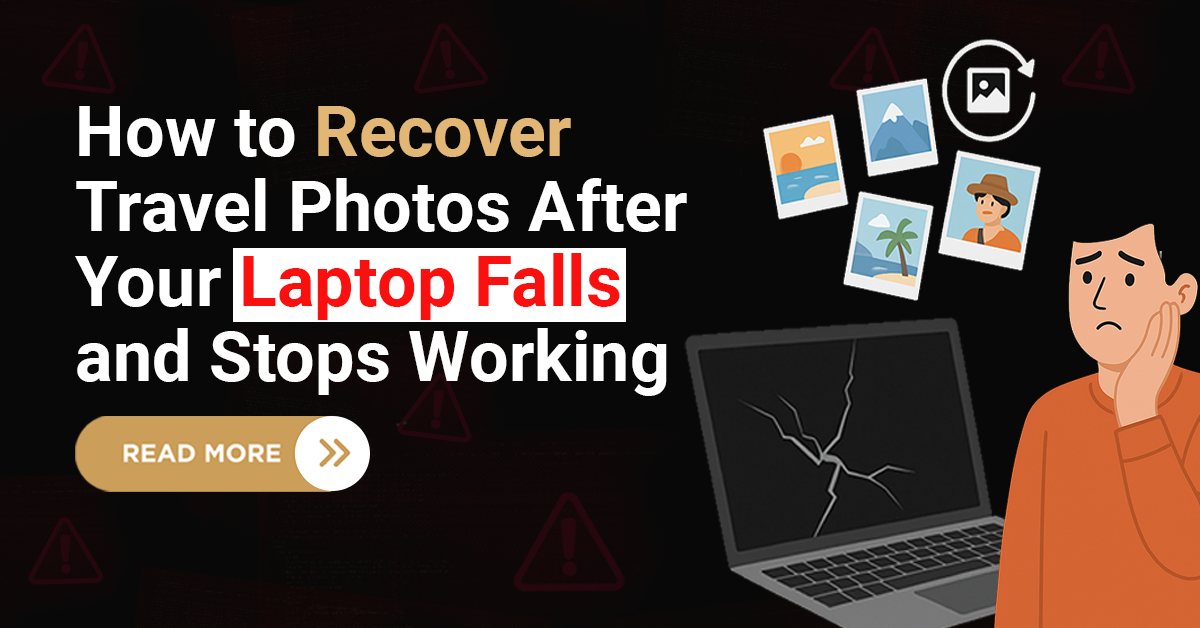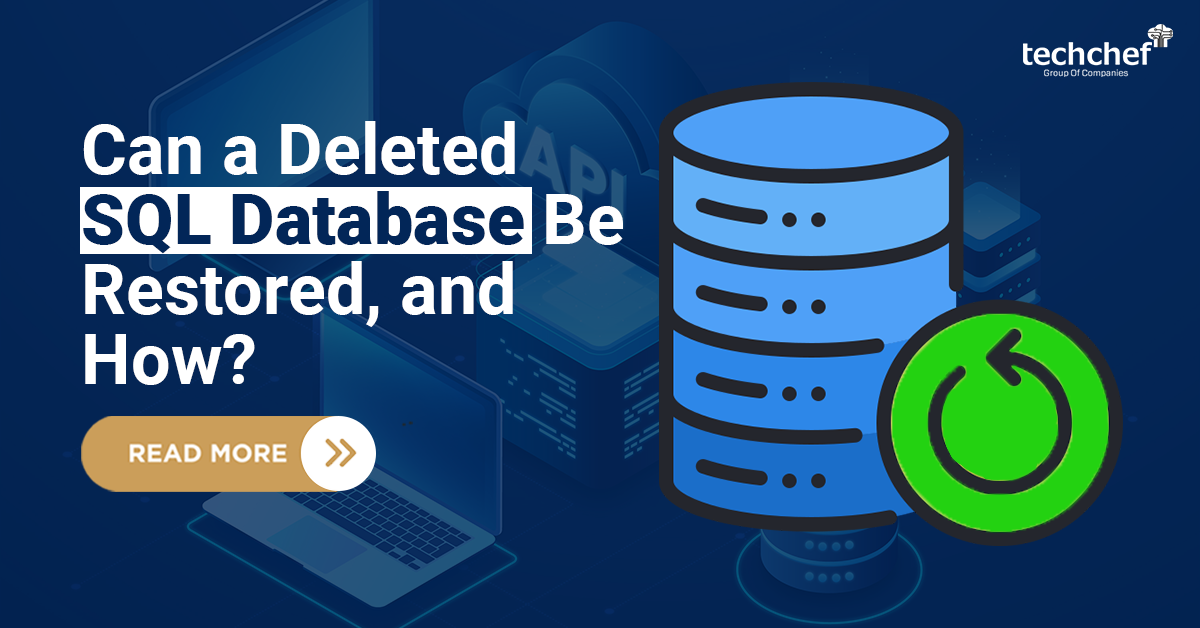A ransomware attack is a type of malware attack that can lock our data, make us unable to access it, and infect our operating system. The files will be encrypted, and to decrypt them, a decryption key is required. For this, the initiator demands a ransom.
If you refuse to pay a ransom, there is a threat of a data breach that can cause financial loss. The global average cost of a data breach in 2023 was USD 4.45 million, a 15% increase over 3 years.

So it is important to take immediate and strategic steps to prevent further damage and recover our data. To fix this malware, it is important to identify which variant of it has infected the device.
We need to determine if all data has been encrypted or if the operating system has been locked. It is also important to assess the attack’s impact on the system and the outcome of the ransomware attack. In this article, we will discuss how to detect ransomware, how to fix it, and cyber security tips to prevent ransomware.
About Ransomware
Ransomware is a type of malware or software that encrypts files or systems, making them inaccessible until a ransom is paid. It typically infiltrates systems through phishing emails, malicious attachments, or compromised websites. Once inside our operating system, it encrypts files using advanced encryption algorithms, making them inaccessible to us.
Ransomware attacks target a broad range of victims, including us personally, our businesses, hospitals, government agencies, and important infrastructure. The indiscriminate nature of these attacks highlights the urgency of proper cybersecurity measures.
Ransomware comes in various forms, including encrypting ransomware, which encrypts files; locker ransomware, which locks users out of the operating system; and doxware ransomware, which threatens to expose sensitive information unless a ransom is paid.
How do I detect ransomware?
Detecting ransomware early is important to minimizing its impact. Here are some signs and methods to help detect malware:
Unusual File Extensions: Keep an eye out for files with unusual or unexpected extensions, as malware attacks often rename files during encryption.
Failed Access Attempts: Track failed login attempts and unauthorized access to files or systems.
Antivirus Alerts: Regularly update and scan systems using registered antivirus software.
Email Filtering: Use email filtering solutions to detect and block phishing emails.
Ransom Notes: Ransomware typically leaves a ransom note explaining the attack and providing instructions on how to pay. Look for text files or pop-up messages containing these notes.
Endpoint Detection and Response (EDR) Systems: EDR solutions monitor endpoints for suspicious activity and can detect ransomware behavior patterns.
Combining these detection methods with a proper cybersecurity strategy can help identify ransomware threats early and respond effectively to minimize possible damage.
How do I fix ransomware attacks?
Even though recovering lost data and returning things to normal after a ransomware attack can be challenging, by taking the steps written below, we can handle the situation of a malware attack which will help in ransomware data recovery.
Step 1. Damage assessment and isolation
To stop a ransomware attack from spreading further, the affected system must be disconnected from the network right away. In addition, it is important to conduct a comprehensive damage assessment to identify the compromised files and systems.
Step 2. Backup Restoration
Among the best defenses against ransomware is having a backup system. By restoring files from a clean backup, we can rest assured that data will be accessible again without having to pay the ransom. Frequent offline and cloud backups are necessary for a quick recovery.
Step 3. Security Software and Updates
Make sure the security software you use can detect and eliminate malware and is up to date. Update operating systems and apps frequently to fix security issues that hackers take advantage of. Using trustworthy antivirus and anti-malware software is a preventative step against malware attacks.
Step 4. Reinstall Everything
If you don’t have any important data on your system or have a backup of all important data, you can try this – uninstall every app from your operating system, wipe out all data, scan the whole system, and then reinstall registered applications. This is useful and can clear out almost all malware, but with this, you will lose all data stored on that particular device.
Step 5. Decryptor Tools
If you have important data, then try this step using decryptor tools specific to certain ransomware strains. These tools can unlock files without paying a ransom. However, their effectiveness depends on the type of ransomware and the availability of a decryptor tool.
Step 6. Take Help from Professionals
If backups are unavailable and decryptor tools prove ineffective, professionals in ransomware data recovery services can help. Specialized services, like Techchef Data Recovery, have the expertise to recover data from various ransomware attacks and use advanced techniques to recover encrypted files.
Cybersecurity Tips to Prevent Ransomware Attack
Preventing ransomware attacks requires a combination of active measures, cybersecurity best practices, and user awareness.
Here are some tips to help reduce the chances of malware attacks:
Install reputable antivirus and anti-malware software.
Keep security software, firewalls, and operating systems up-to-date.
Enable automatic updates to patch security vulnerabilities.
Verify the authenticity of unexpected emails with the sender before taking any action.
Perform regular backups of important data to an external, offline storage device.
Test backups periodically to ensure data can be successfully restored.
Restrict user access to sensitive data based on job responsibilities.
Regularly review and update user access permissions.
Implement email filtering solutions to detect and block phishing emails.
Use advanced threat protection tools to identify and stop malicious attachments.
Disable RDP (Remote Desktop Protocol) if not required, or apply strong security measures if necessary.
Use VPNs and multi-factor authentication for remote access.
Regularly review and update security configurations.
Implement network segmentation to limit the spread of malware attacks in the event of an infection.
Final Words
Last but not least, to fix ransomware, quick action and regular security updates are important. When dealing with a malware attack, you should isolate the impacted system, notify law enforcement, and look for expert data recovery services.
If you are having trouble decrypting your encrypted files, contact us at Techchef Data Recovery. With over 20 years of experience, we specialize in recovering data from diverse scenarios, including decrypting encrypted files.
To book a slot to consult on data recovery from our experts on a variety of storage media, including servers, call us at our toll-free number now – 1800-313-1737.










